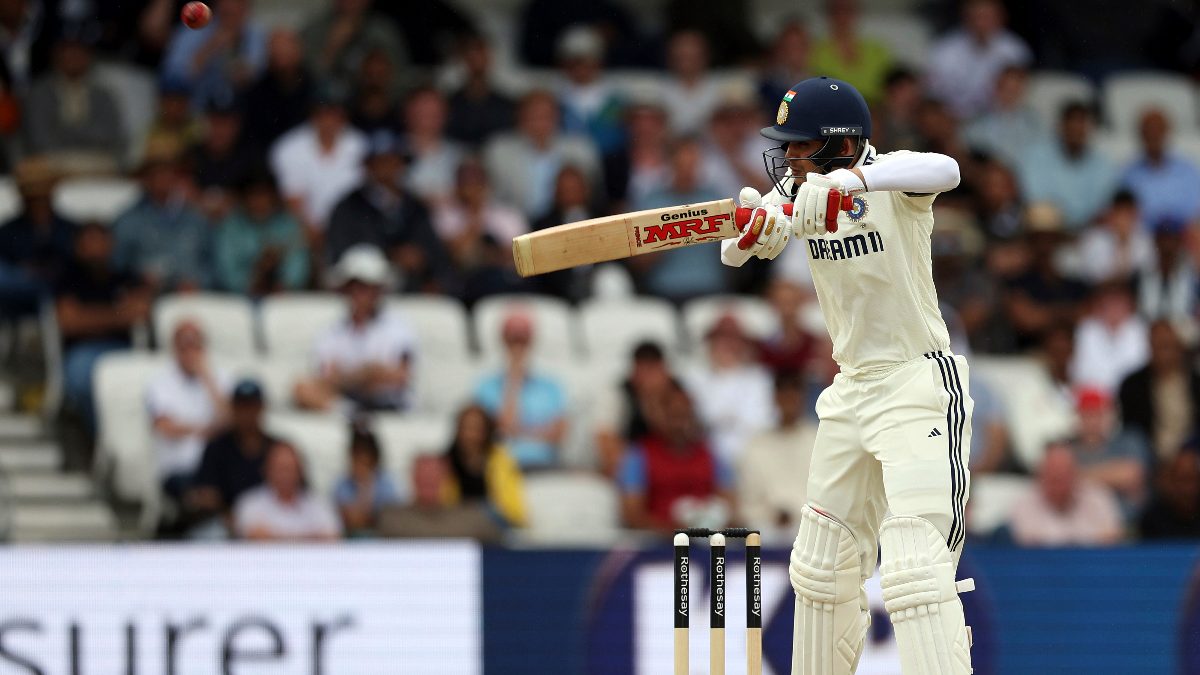

The India vs. England 1st Test at Headingley is delicately poised, and the team batting second will have a significant advantage on a pitch expected to improve as the match progresses. With both teams possessing strong batting lineups, a solid second-innings total is crucial for India, especially considering Headingley's history of successful chases.
Headingley's pitch is anticipated to favor batters as the game unfolds. While the surface may offer some assistance to seam bowlers early on, particularly with any morning moisture, it is expected to flatten out by Day 2. This evolution will provide greater value for shots and benefit the batting lineups of both sides. Richard Robinson, Head of Grounds at Headingley, has indicated the intention is to provide "a good surface" that facilitates stroke play, further suggesting conditions will become increasingly batting-friendly. This makes setting a challenging target in the first innings and then batting well in the second innings crucial.
India's batting in the second innings will be critical. Shubman Gill has a good record in the second innings and on Day 4 of a test match. KL Rahul is also looking strong. India has done well on the fourth day of Tests in the last couple of years, with an average of 38.9, which is the best for any team. They have scored at an excellent run rate of 4.2
The weather forecast suggests minimal rain interruptions, further emphasizing the importance of capitalizing on batting-friendly conditions. Day 1 is expected to be warm and dry, although Day 2 may see some showers. However, the pitch is expected to settle down by Day 3. With this in mind, setting a good total and then batting well in the second innings will be critical for India.
Headingley has witnessed some memorable run chases in the past. Ben Stokes's remarkable 135* against Australia in the 2019 Ashes is a prime example, highlighting the potential for successful chases on this ground. Several memorable run chases at this venue suggest that Headingley usually offers better batting conditions on the last two days of play. If India needs to save this match, they must put at least a 350-plus lead on the board; otherwise, the English side will fancy their chances of chasing it down in typical Bazball style.
Several factors could influence India's ability to set a challenging second-innings total. The absence of experienced players like Rohit Sharma and Virat Kohli places greater responsibility on the remaining batters. Shubman Gill will have to lead from the front, while players like Rishabh Pant and Karun Nair need to contribute significantly.
Moreover, India's catching must improve. Dropped catches in the first innings allowed England to score runs they shouldn't have, keeping the hosts alive in the match. Missed chances can prove costly, especially against a team like England that is known for its aggressive batting approach.
Ultimately, India's success in the 1st Test hinges on their ability to construct a substantial second-innings total. Given Headingley's history of successful chases and the anticipated improvement in batting conditions, a lead of at least 350 runs is essential to put pressure on England. The Indian batters must display resilience, adaptability, and sound decision-making to ensure they capitalize on the favorable conditions and secure a crucial advantage in the series.